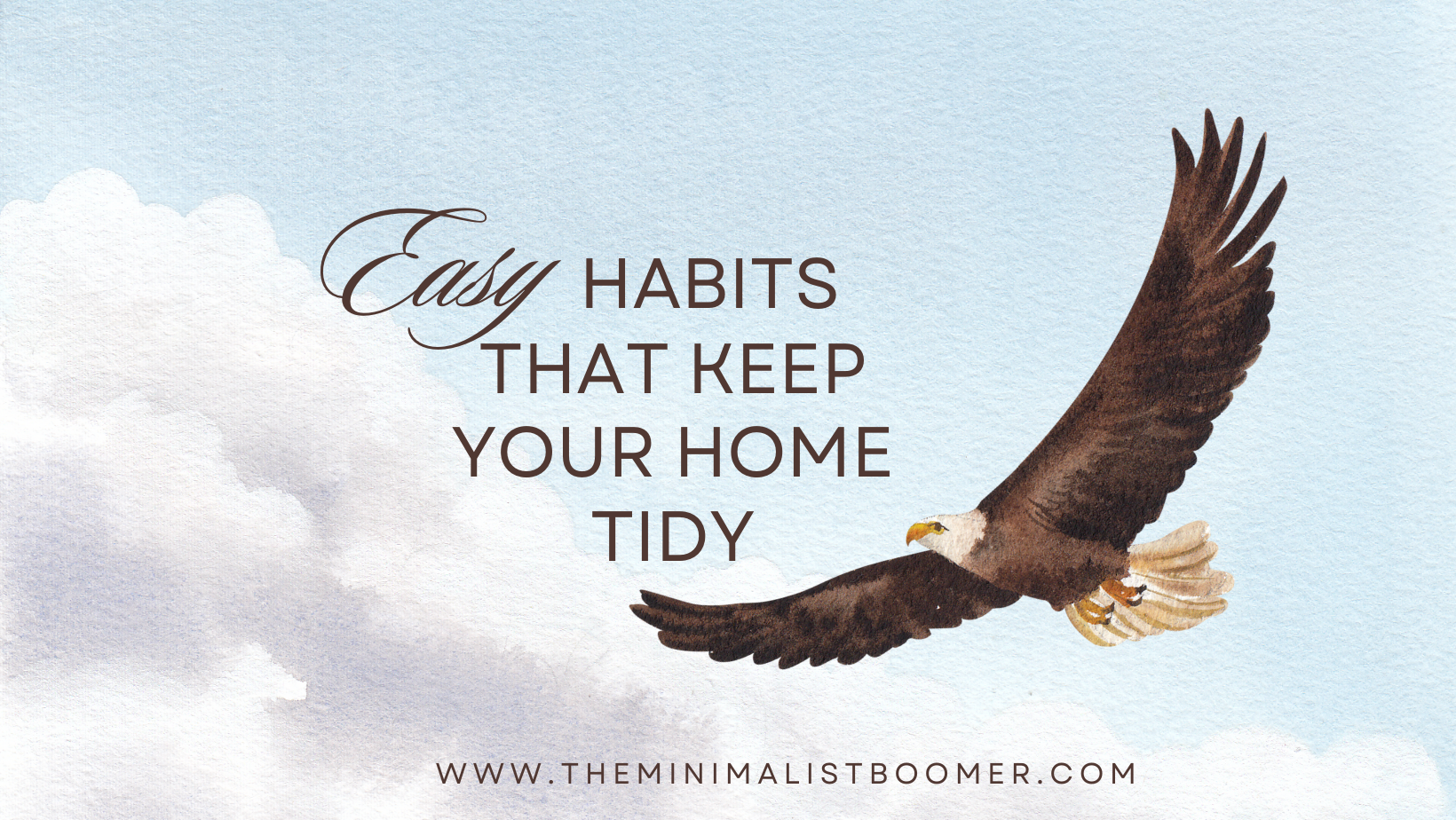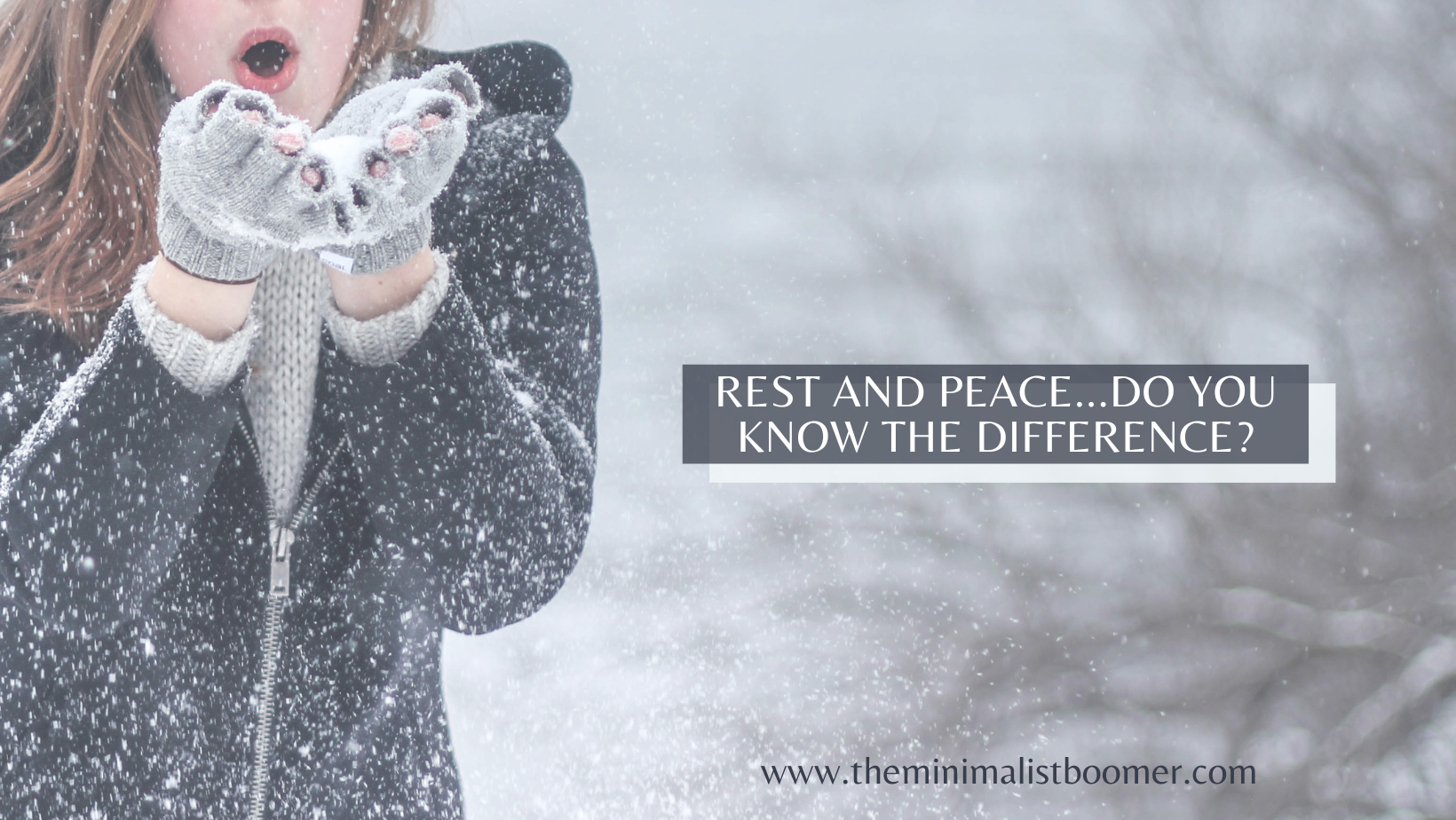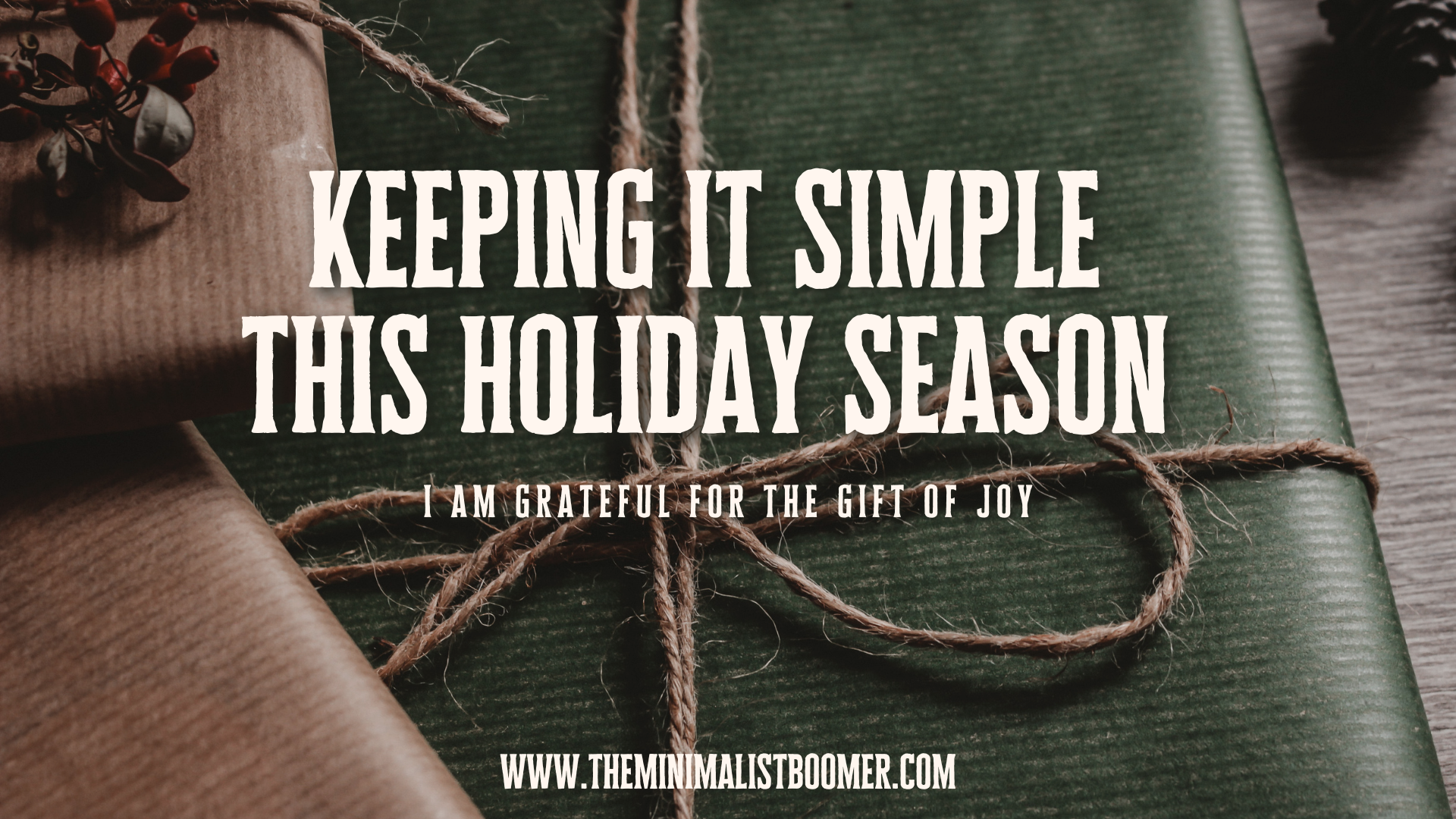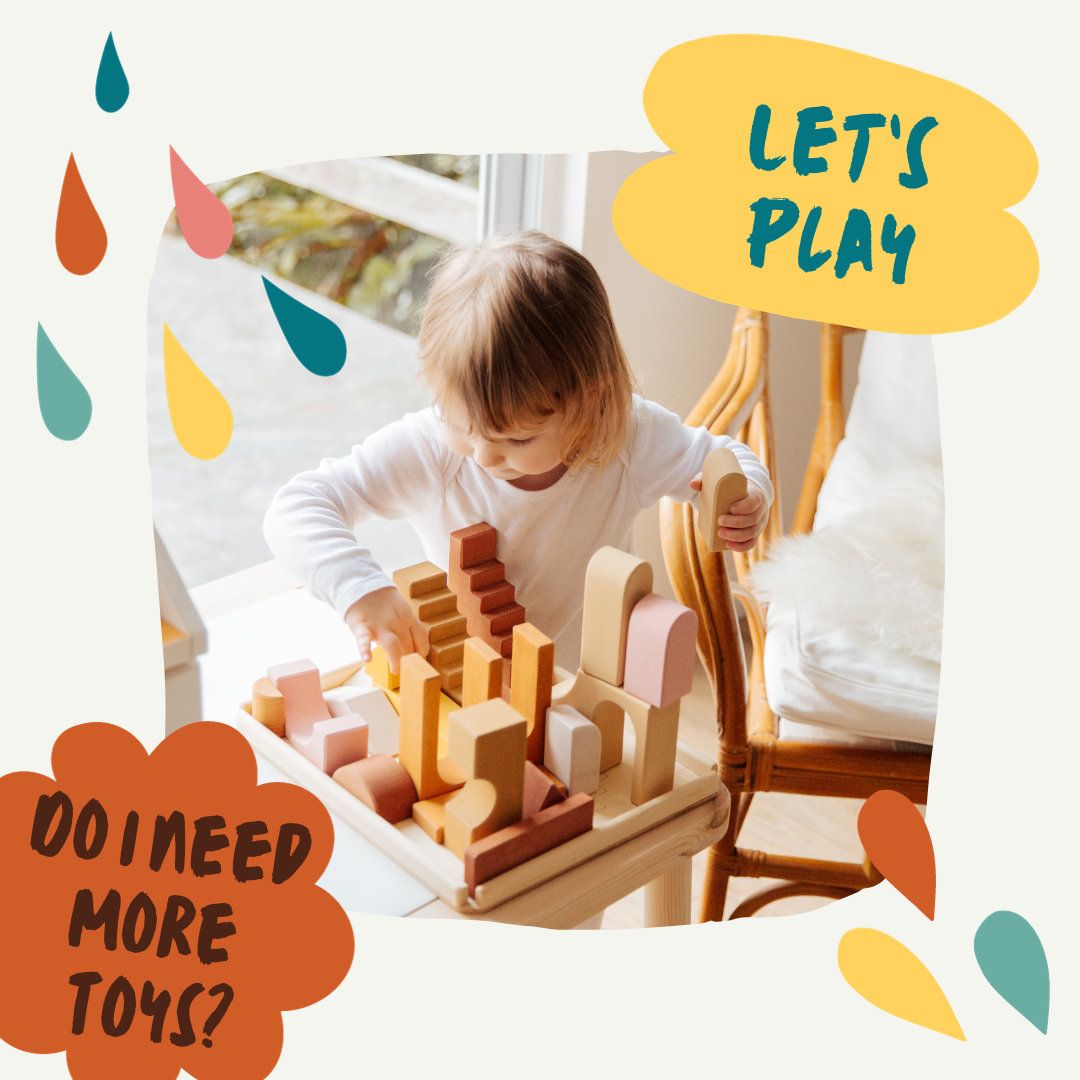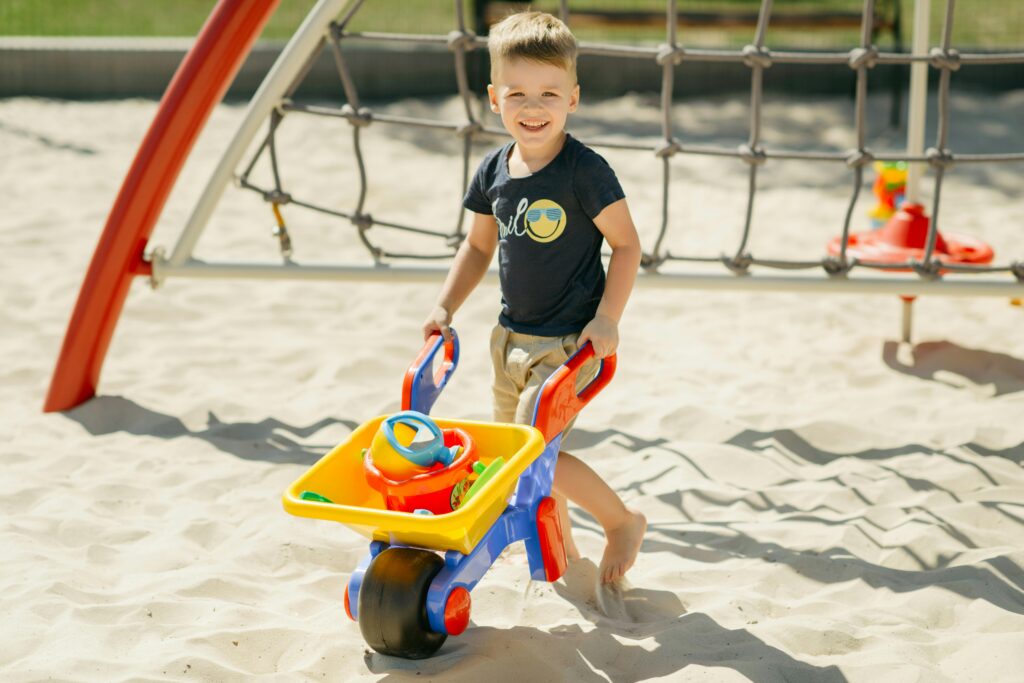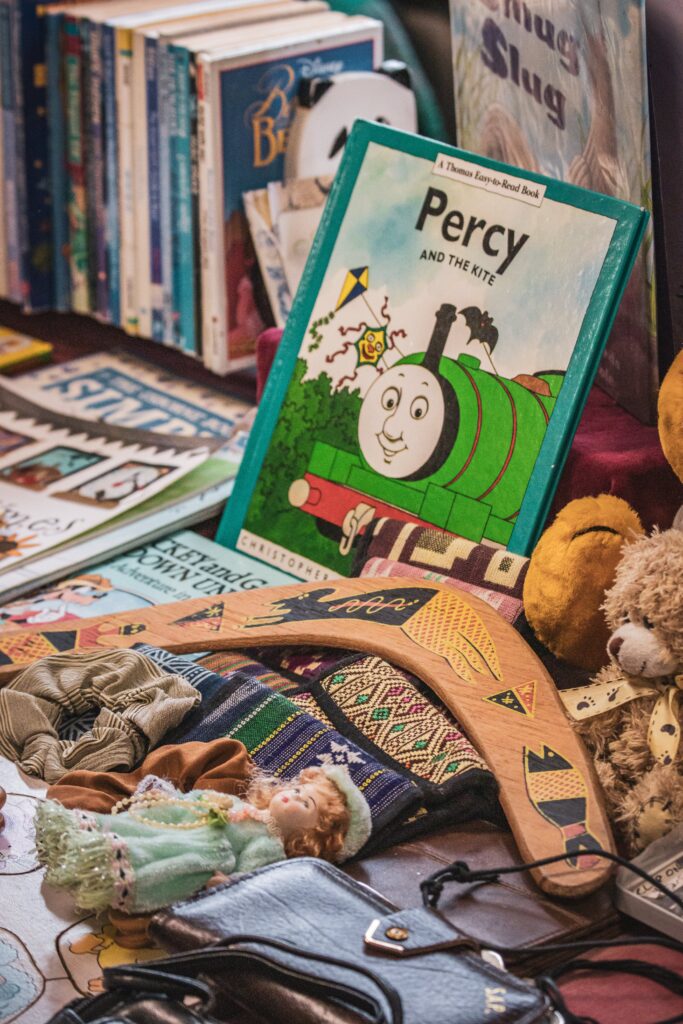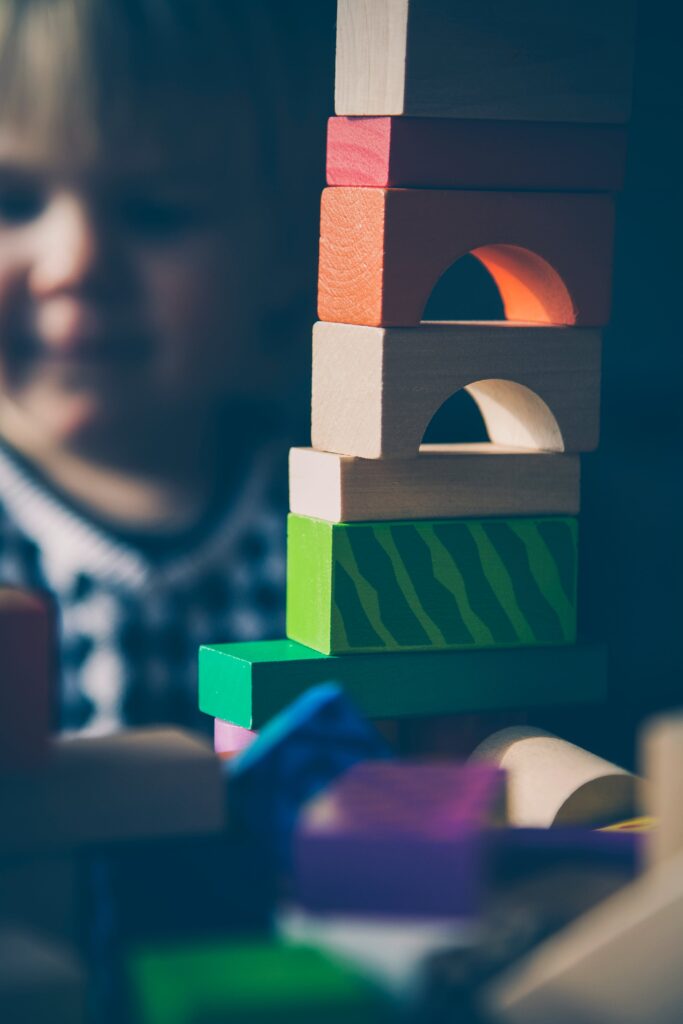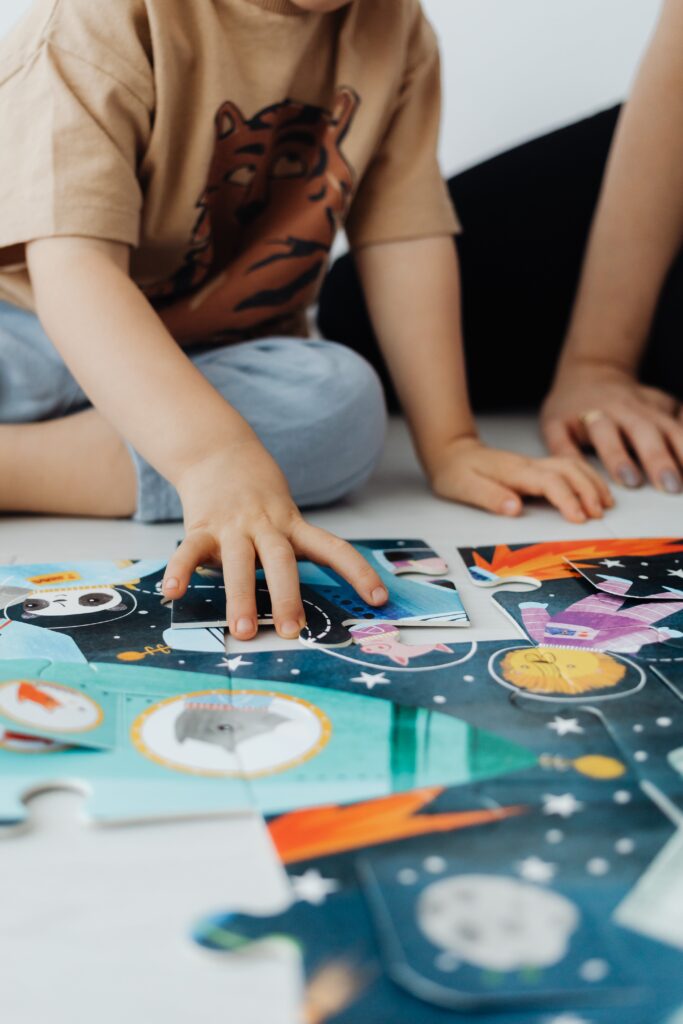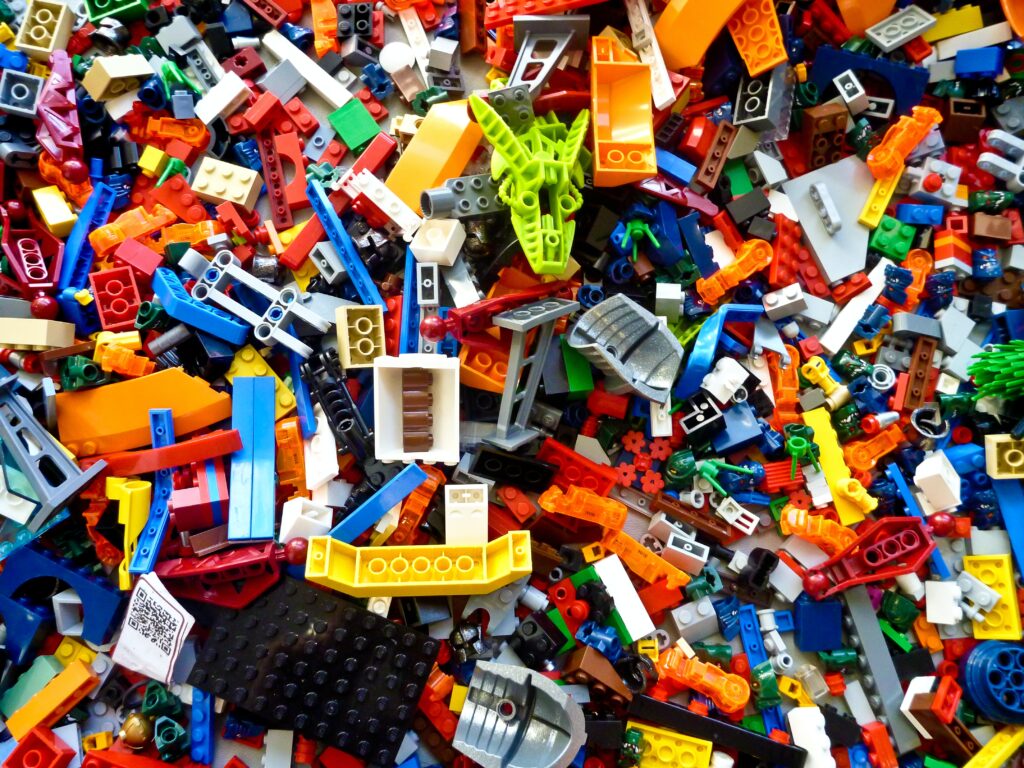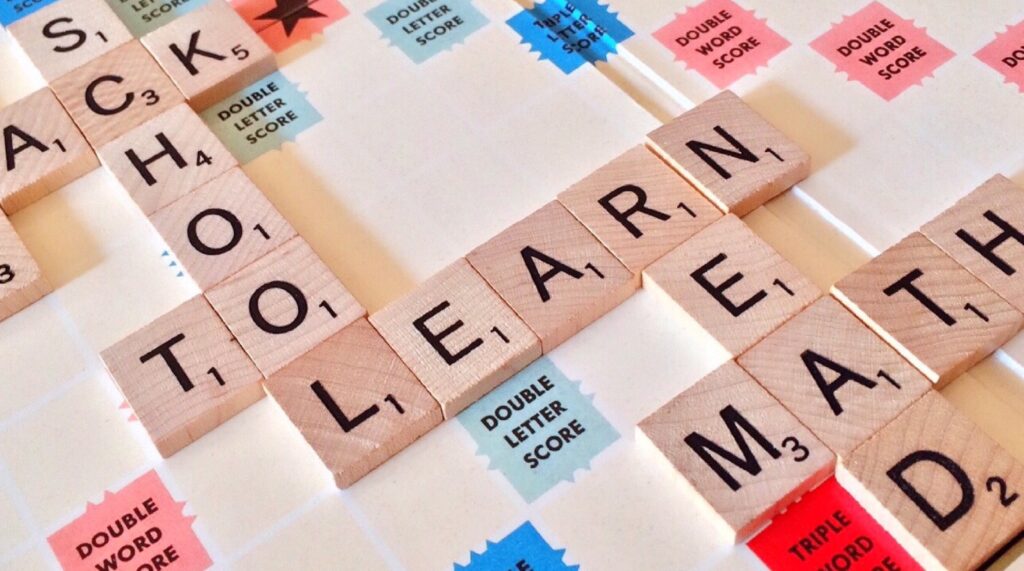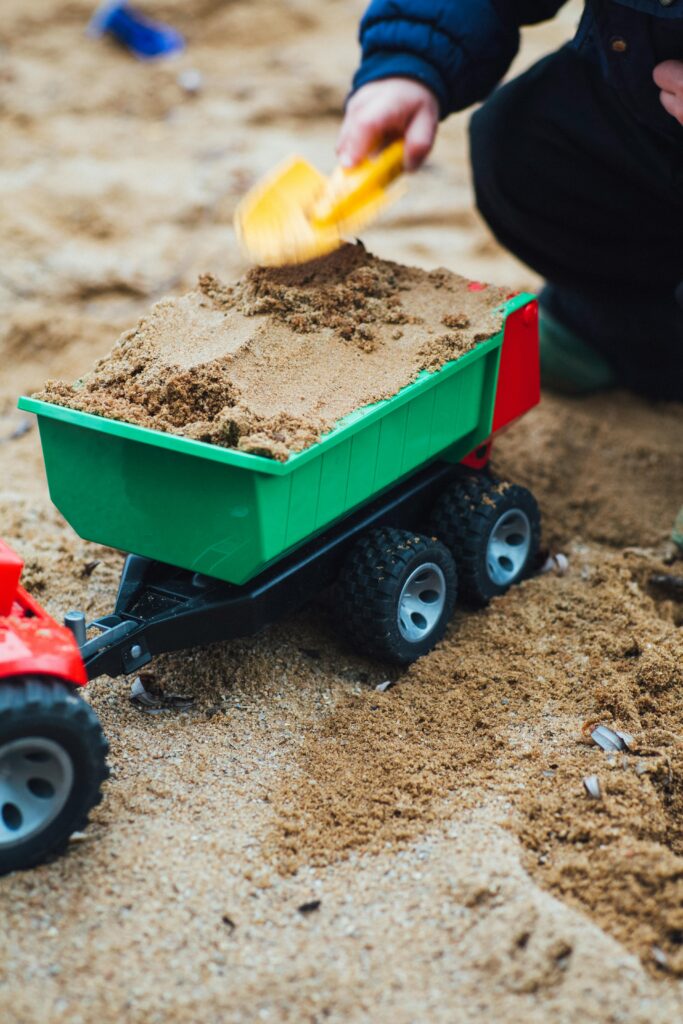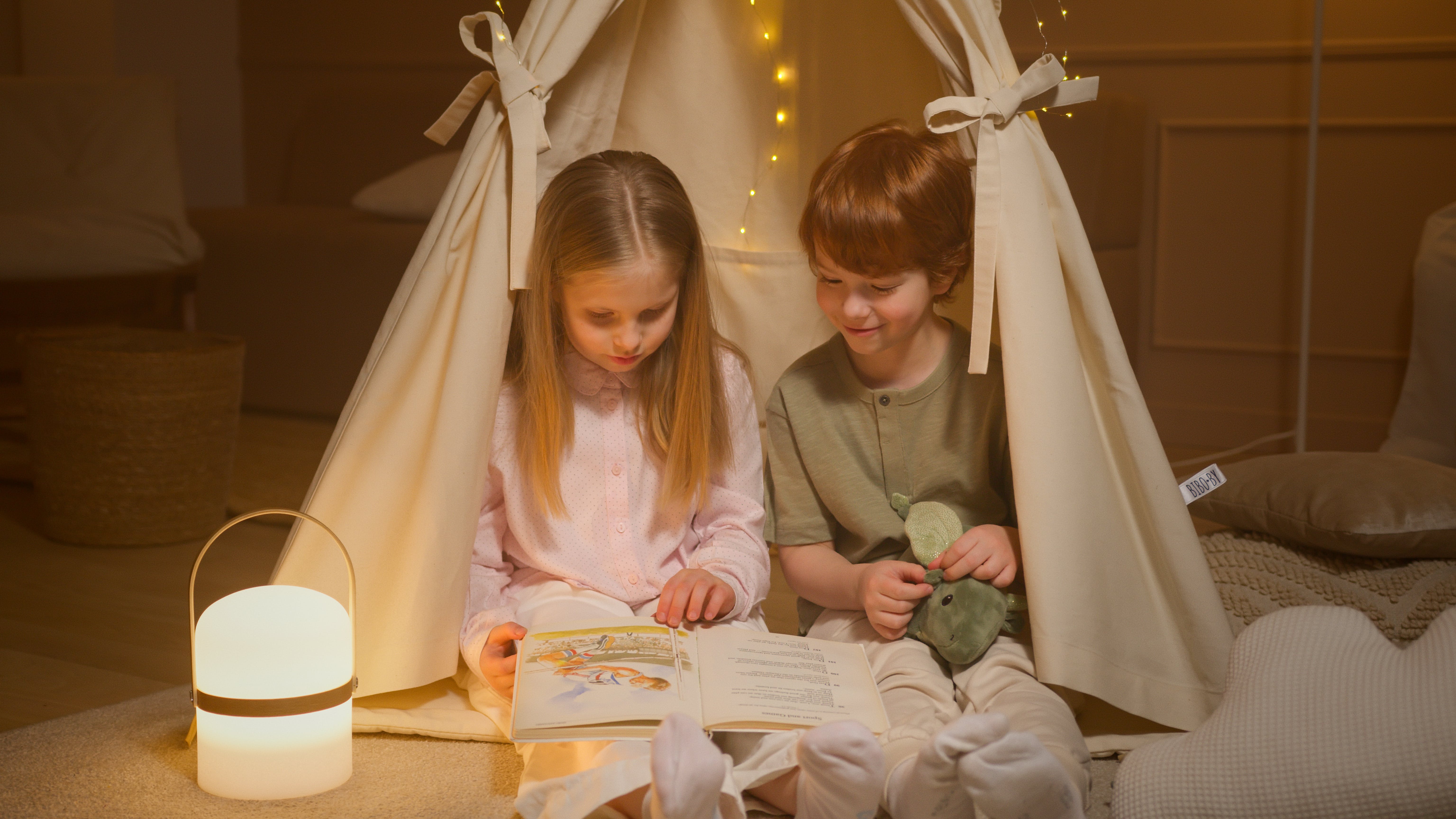It’s a new month, and what better time to kickstart your journey to a more organized and stress-free life? Decluttering isn’t just about tidying up physical spaces; it’s also about clearing mental space and setting the stage for a productive and fulfilling month ahead.
As the calendar turns, there’s a natural inclination to start fresh and set new intentions. Decluttering at the beginning of a new month sets a positive tone and creates a clean slate for the days ahead. It’s an opportunity to reassess goals, priorities, and the things that matter most to you.
Today, I’ll share some valuable insights and practical tips to make decluttering a seamless and rewarding experience. From decluttering your physical environment to streamlining your digital space, we’ll explore how this simple, yet powerful practice can enhance mental well-being and boost productivity. So, let’s embark on this decluttering journey together and pave the way for a month filled with clarity and purpose.

The Benefits of Monthly Decluttering
Decluttering isn’t just about tidying up physical spaces; it also has a profound impact on our mental and emotional well-being. By dedicating time each month to decluttering, we unlock some benefits that contribute to a more balanced and fulfilling life.
Mental Clarity and Productivity
When we declutter our surroundings, we create an environment that boosts mental clarity and enhances productivity. A tidy space reduces visual distractions and helps alleviate decision fatigue, allowing us to focus on the tasks at hand with renewed energy. By organizing and minimizing our surroundings, we free up mental space that would otherwise be occupied by clutter, leading to improved concentration and a heightened sense of productivity.
Creating Space for New Beginnings
The act of decluttering not only clears physical space but also creates room for new opportunities and positive changes in our lives. Just as we make space in our closets for new clothes, decluttering enables us to make space in our lives for fresh experiences and aspirations. It’s a powerful way to symbolically make room for the new, whether it’s a career change, a new relationship, or a personal growth journey. Embracing decluttering as a monthly ritual sets the stage for continuous self-growth.
Emotional Well-being and Stress Reduction
Embracing decluttering as a regular practice can significantly impact our emotional well-being and reduce stress levels. A cluttered environment can evoke feelings of anxiety and unease. However, as we declutter, we experience a sense of accomplishment and regain a feeling of control over our surroundings. This process not only lightens the physical load but also alleviates emotional burdens, leading to a calmer and more balanced state of mind.
The benefits of monthly decluttering extend far beyond mere organization. It’s a healthy practice that stimulates mental clarity, invites new opportunities, and nurtures emotional well-being, ultimately leading to a more enriched and purposeful life.
Getting Started: Decluttering Tips for the New Month
As we kick off a brand new month, it’s the perfect time to embark on a fresh decluttering journey. Here are some practical tips to kick-start this decluttering process and make it an achievable and rewarding experience!
“When home feels out of control, no matter what the reason, unsettledness and anxiety can seep in, and then the chaos becomes internal as well as external.” — Myquillyn Smith

Setting Clear Goals and Priorities
I’ve found that setting specific decluttering goals and priorities for the new month is crucial for staying on track. It’s important to take a moment to envision what you want to achieve through decluttering. Maybe you’re aiming to create a more serene living space, increase productivity, or simply reduce the chaos. Whatever your reasons, articulating these goals will help you stay motivated and focused throughout the month.
Creating a Decluttering Schedule
Establishing a decluttering schedule can make the entire process feel more manageable. I’d recommend breaking it down into smaller, achievable tasks. It could be allocating specific days for different areas of your home or dedicating a certain amount of time each day to decluttering. By creating a schedule, you can integrate decluttering into your routine without it feeling overwhelming.
Room-by-Room Decluttering Strategy

Let’s tackle decluttering one room at a time! Starting with the bedroom, for example, you can begin by decluttering the closet, followed by the nightstands and under the bed. For the kitchen, focus on organizing the pantry, decluttering the countertops, and sorting through the cabinets. This approach allows you to concentrate your efforts and witness tangible progress in each space, which can be incredibly motivating!
Remember, taking the first step is often the hardest part. But once you get into the groove, you’ll feel the incredible impact of a more organized and serene living space.
Sustainable Decluttering Practices
When it comes to decluttering, sustainability is key. It’s not just about clearing out the excess, but also about doing so in a way that minimizes environmental impact and promotes responsible consumption. Here’s how you can declutter sustainably while making a positive difference for the planet.
“Remember: you are not what you own. Storing all those books doesn’t make you any smarter; it just makes your life more cluttered.” — Francine Jay

Donation and Recycling Options
When decluttering, consider donating items that are in good condition to local charity organizations or thrift stores. There are plenty of places that accept clothing, housewares, and furniture, and this not only gives your items a second life but also supports those in need. Additionally, look into recycling options for items that can’t be donated. Many communities have recycling facilities for electronics, plastics, and other materials. Choose eco-friendly disposal methods whenever possible to reduce the amount of waste ending up in landfills.
Minimalism and Mindful Consumption
Embracing minimalism goes hand in hand with sustainable decluttering. By adopting a minimalist approach, you can focus on keeping only the things that add value to your life, reducing the need for excessive consumption. Mindful consumption encourages thoughtful consideration of purchases, emphasizing quality over quantity. It’s about investing in items that are built to last and serve a purpose, rather than succumbing to impulse buying and accumulating unnecessary possessions.
When we consciously choose to part ways with items we no longer need, we are not only creating physical space but also mental space. This process of letting go can have a profound impact on our well-being, freeing us from the burden of excess and allowing us to appreciate the things that truly matter.
“Under the influence of clutter, we may underestimate how much time we’re giving to the less important stuff.” —Zoë Kim

The start of a new month presents the perfect opportunity to embark on a decluttering journey. By clearing out the unnecessary and organizing our surroundings, we pave the way for a more peaceful living environment. Embracing the positive impact of a clutter-free space can significantly uplift our well-being and lifestyle, allowing us to approach each day with a renewed sense of clarity and purpose. So, let’s kickstart this month with a decluttering mindset and enjoy the benefits it brings to our lives.







